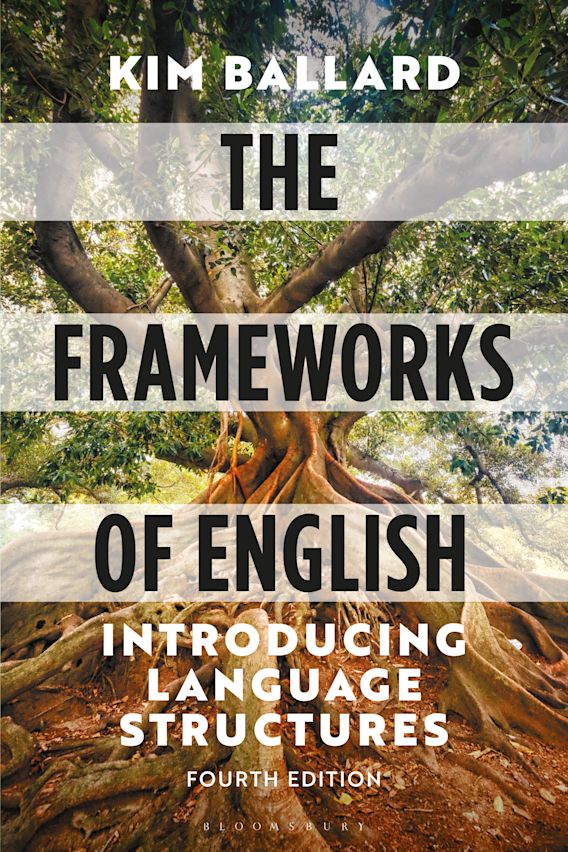



johndoe@gmail.com
Are you sure you want to reset the form?
Your mail has been sent successfully
Are you sure you want to remove the alert?
Your session is about to expire! You will be signed out in
Do you wish to stay signed in?
Question 1 (Consolidate)
For each of the following pairs, decide whether the word forms are connected through homonymy (same word form, two different lexemes) or polysemy (same lexeme, more than one meaning):
| word form | word class | definition | |
| 1a 1b | high high | adjective adjective | ‘well above the ground’ ‘having status or rank’ |
| 2a 2b | list list | verb verb | ‘to compile a written set of items’ ‘to lean to one side’ |
| 3a 3b | beam beam | noun noun | ‘a long heavy piece of wood’ ‘a ray of light’ |
| 4a 4b | skip skip | verb verb | ‘to move lightly with little steps and jumps’ ‘to pass over something or leave it out’ |
| 5a 5b | perch perch | noun noun | ‘a place where a bird sits’ ‘a type of fish’ |
Answer
| 1 | high = polysemy |
| 2 | list = homonymy |
| 3 | beam = debatable |
| 4 | skip = polysemy |
| 5 | perch = homonymy |
Question 2 (Explore)
Based on the above examples, and other examples you may have identified, what difficulties exist in determining homonymy or polysemy?
Answer/discussion
Homonymous words have different etymologies. In Example 3, both meanings of beam derive from the Old English bēam (‘a tree’), from which 3a is an extended meaning, and 3b a figurative one. However, although the Oxford English Dictionary treats these two items as polysemous, the Longman Dictionary of Contemporary English, for instance, gives them separate entries, effectively treating them as homonyms. Of course, speakers will not necessarily be aware of word origins, and their decisions about ‘separate words’ are far more likely to be based on personal perception. The 2a meaning of list (‘to itemise’) comes from French, while the 2b meaning (‘to lean to one side’) is of uncertain origin. However, most speakers would probably agree that these meanings seem unconnected anyway, and treat the words as homonyms.
You may also have noticed that the pairs of examples are from the same word class. This is because two words which share their forms and have similar meanings but belong to different word classes are likely to share their origin anyway. Speakers are unlikely to question the etymological relationship between, for example, the noun beam and the verb beam when the first means ‘a ray of light’ and the second means ‘to send out a ray (or rays) of light’. However, there are examples where the connection between the words might be uncertain. For instance, the noun bear (animal) and the verb bear (‘to carry’ or ‘to endure’) have different origins, but speakers may discern a possible connection between them. Similarly, they may disagree on the relationship between the noun duck (water bird) and the verb duck (‘to lower oneself to avoid injury’), which do share a common origin. In Exercise 2.3, to give a further example, the origin of well is the same for the noun and verb, while the adjective, adverb and interjection are connected through a different historical route. Word forms which are the same in Present-Day English were not necessarily the same in earlier stages of the language.

.